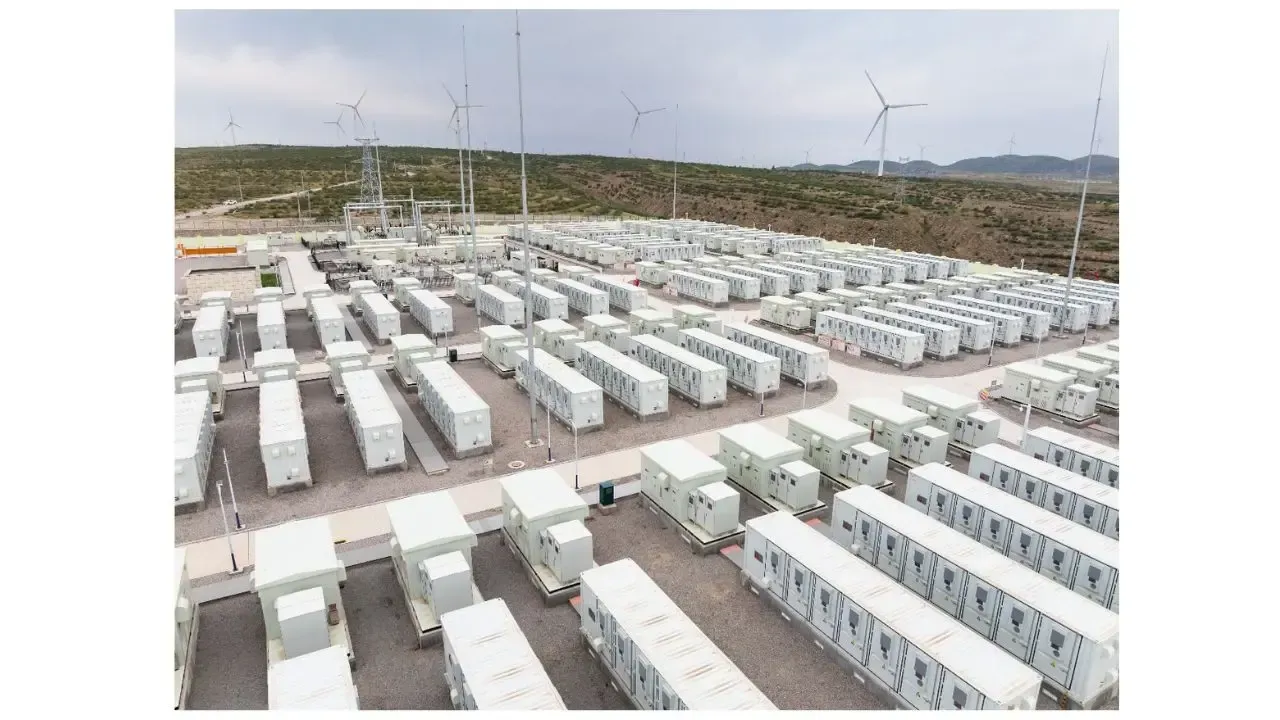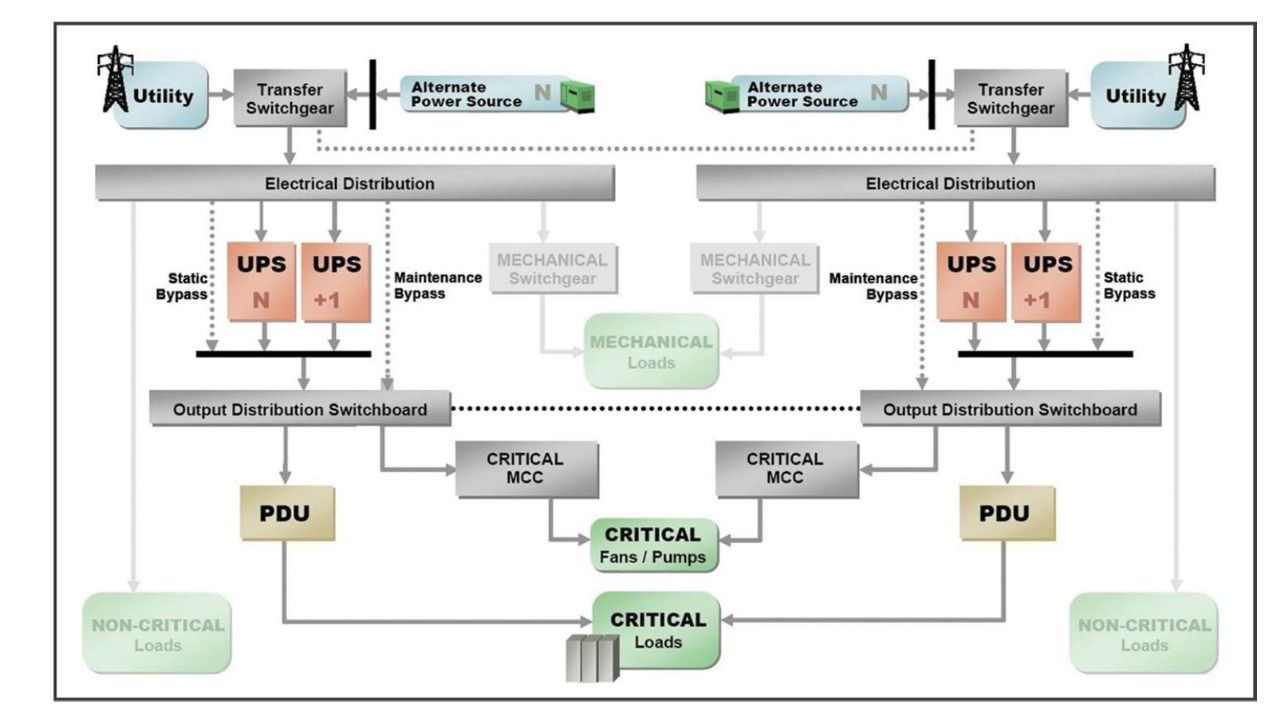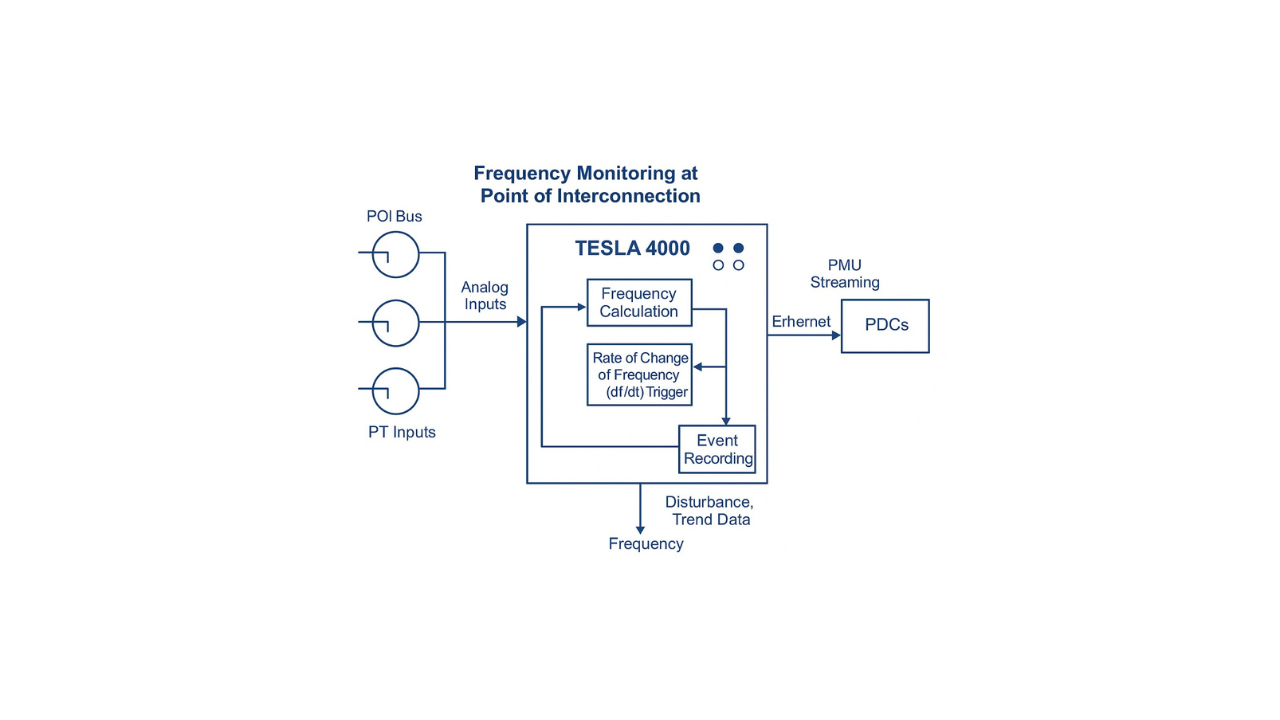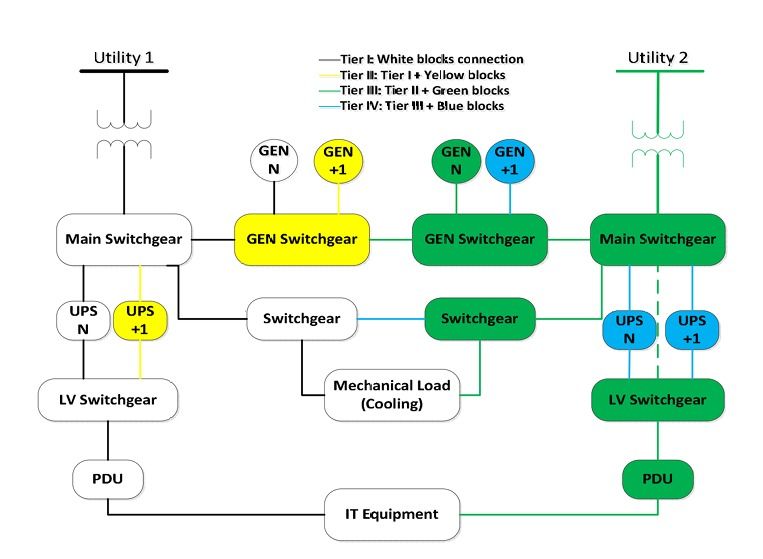A Coordinated Electric System Interconnection Review—the utility’s deep-dive on technical and cost impacts of your project.
Challenge: Frequent false tripping using conventional electromechanical relays
Solution: SEL-487E integration with multi-terminal differential protection and dynamic inrush restraint
Result: 90% reduction in false trips, saving over $250,000 in downtime
How Many NERC Standards Are There?
November 20, 2024 | Blog

In today’s interconnected power grid, maintaining reliability is essential to prevent outages and ensure continuous service. The North American Electric Reliability Corporation (NERC) oversees the reliability of North America’s bulk power system. NERC accomplishes this through a series of standards that utilities, power plants, and transmission operators must adhere to. But how many NERC standards are there, and what areas do they cover?
What Are NERC Standards?
NERC standards are rules and guidelines that address the reliability, security, and operational integrity of the electric grid across North America. These standards have evolved to encompass the entire spectrum of activities involved in operating and planning an electric grid. NERC standards ensure that entities within the bulk power system maintain reliability, security, and resilience.
NERC standards are typically divided into two categories:
- Operational Standards – These focus on real-time grid operations and cover aspects like system monitoring, control, and emergency response.
- Planning Standards – These are forward-looking and ensure utilities assess their resources, prepare for future demands, and address potential reliability risks.
The Importance of NERC Standards
The importance of adhering to NERC standards cannot be overstated. Compliance ensures a stable and reliable power supply and helps entities avoid costly penalties. NERC standards foster coordination among various entities within the power system, enhancing collaboration and maintaining operational integrity. For instance:
- Reliability: Standards ensure that utilities are prepared to handle emergencies and changing conditions in real time, which is vital for keeping electricity flowing smoothly across the grid.
- Coordination: By following standardized procedures, various entities can work together effectively, preventing disruptions and fostering collaboration.
- Regulatory Compliance: Adherence to NERC standards is often a regulatory requirement that protects utilities from legal and financial repercussions.
Categories of NERC Standards
NERC standards are organized into several categories, each representing different aspects of power system operations and planning. Below are some of the primary categories, along with examples of the standards they encompass:
Resource and Demand Balancing (BAL)
BAL standards cover the need to balance electricity supply and demand to maintain frequency within acceptable limits. This includes standards for balancing resource and demand, which helps prevent frequency fluctuations that can lead to blackouts.
Communications (COM)
COM standards ensure effective communication among entities responsible for operating the bulk power system. This category emphasizes protocols for real-time communication, ensuring that operators can respond to grid conditions accurately and promptly.
Emergency Preparedness and Operations (EOP)
These standards focus on preparing for and responding to emergencies. EOP standards help ensure that grid operators and utilities can coordinate effectively during emergency situations to mitigate risks and recover from disturbances.
Facilities Design, Connections, and Maintenance (FAC)
FAC standards address the physical aspects of grid reliability, covering the design, maintenance, and connection of facilities within the bulk power system. They ensure that infrastructure is built and maintained to minimize the risk of failure.
Interconnection Reliability Operations and Coordination (IRO)
IRO standards facilitate coordination between different parts of the grid to ensure stable and reliable operations. This category includes standards for transmission operators and reliability coordinators to work together, especially during system disturbances.
Modeling, Data, and Analysis (MOD)
MOD standards ensure that utilities use accurate data and models for system analysis and planning. By adhering to these standards, entities can make informed decisions regarding the bulk power system.
Protection and Control (PRC)
These standards govern the equipment and processes that protect the power system from faults, such as relay systems and protection schemes. PRC standards are vital for minimizing the impact of disturbances and preventing equipment damage.
Transmission Operations (TOP)
TOP standards focus on transmission operator responsibilities, covering protocols for monitoring and controlling the power flow within transmission networks. These standards ensure that operators are prepared to handle operational issues effectively.
Transmission Planning (TPL)
TPL standards provide a framework for planning the transmission system, considering both current demands and future growth. They ensure that utilities conduct adequate planning to meet future electricity needs.
Voltage and Reactive (VAR)
VAR standards address voltage control and reactive power management, which are crucial for maintaining grid stability. These standards help utilities regulate voltage and ensure that power quality remains within acceptable limits.
NERC’s Role in Standards Development
NERC not only enforces these standards but also plays a proactive role in developing and updating them. This development process is collaborative, involving industry stakeholders to address the evolving challenges in power system reliability. NERC regularly updates its standards to reflect advancements in technology and shifts in the energy landscape, especially as the grid becomes more reliant on renewable resources.
Compliance Monitoring and Enforcement
NERC enforces compliance with these standards through a robust monitoring and assessment process. Utilities and grid operators are regularly audited to ensure they adhere to the standards. Compliance monitoring includes self-reporting by entities, audits, and investigations into system events to determine whether standards have been violated. Failure to comply with NERC standards can lead to financial penalties and other corrective measures.
Adapting to a Changing Energy Landscape
The rapid growth of renewable energy sources and distributed energy resources (DERs) has created new challenges for grid reliability. NERC is actively working to integrate these technologies into the bulk power system through updated standards that address issues unique to renewable energy, such as variability and the need for advanced grid controls. Cybersecurity has also become a priority, with NERC implementing standards to protect the grid from cyber threats.
How Many NERC Standards Are There?
The exact number of NERC standards fluctuates over time as standards are revised, added, or retired. However, as mentioned earlier, there are generally over 100 standards organized across multiple categories. Each category has numerous standards covering specific requirements, and each standard is identified by a unique code, such as BAL-001, COM-002, and EOP-004.
The Future of NERC Standards
As the electric grid evolves, NERC standards will continue to change to address emerging technologies, environmental concerns, and cybersecurity threats. Future updates to NERC standards will likely focus on:
- Cybersecurity: With the rise of smart grids and interconnected systems, securing the grid from cyber threats is a priority.
- Renewable Integration: Standards are increasingly focusing on managing the variability associated with renewable energy sources.
- Energy Storage and Microgrids: As storage technologies advance, standards will need to address the operational and reliability challenges of incorporating these resources.
Trust Keentel Engineering for NERC Compliance and Power System Reliability
Understanding and adhering to NERC standards is essential for any entity involved in North America’s bulk power system. These standards form the backbone of a reliable, resilient, and secure grid, protecting both utility operators and end-users from disruptions and outages.
At Keentel Engineering, we are committed to helping your organization navigate the complexities of NERC standards. With over two decades of experience in power and utility system planning, design, and analysis, we have the expertise to support your compliance needs. Whether you’re looking to enhance grid reliability, improve system controls, or develop a robust emergency response plan, we offer the innovative solutions and trusted guidance you need. Reach out to us today to learn how we can elevate your power system operations and ensure compliance with NERC standards.

About the Author:
Sonny Patel P.E. EC
IEEE Senior Member
In 1995, Sandip (Sonny) R. Patel earned his Electrical Engineering degree from the University of Illinois, specializing in Electrical Engineering . But degrees don’t build legacies—action does. For three decades, he’s been shaping the future of engineering, not just as a licensed Professional Engineer across multiple states (Florida, California, New York, West Virginia, and Minnesota), but as a doer. A builder. A leader. Not just an engineer. A Licensed Electrical Contractor in Florida with an Unlimited EC license. Not just an executive. The founder and CEO of KEENTEL LLC—where expertise meets execution. Three decades. Multiple states. Endless impact.
Services

Let's Discuss Your Project
Let's book a call to discuss your electrical engineering project that we can help you with.

About the Author:
Sonny Patel P.E. EC
IEEE Senior Member
In 1995, Sandip (Sonny) R. Patel earned his Electrical Engineering degree from the University of Illinois, specializing in Electrical Engineering . But degrees don’t build legacies—action does. For three decades, he’s been shaping the future of engineering, not just as a licensed Professional Engineer across multiple states (Florida, California, New York, West Virginia, and Minnesota), but as a doer. A builder. A leader. Not just an engineer. A Licensed Electrical Contractor in Florida with an Unlimited EC license. Not just an executive. The founder and CEO of KEENTEL LLC—where expertise meets execution. Three decades. Multiple states. Endless impact.
Leave a Comment
We will get back to you as soon as possible.
Please try again later.
Related Posts






